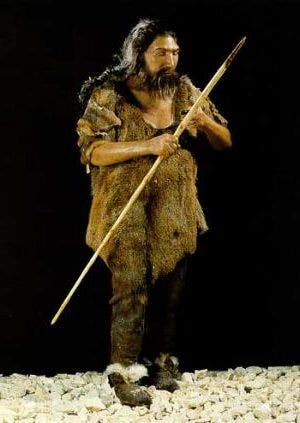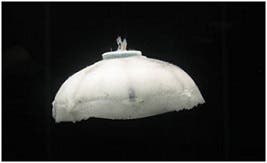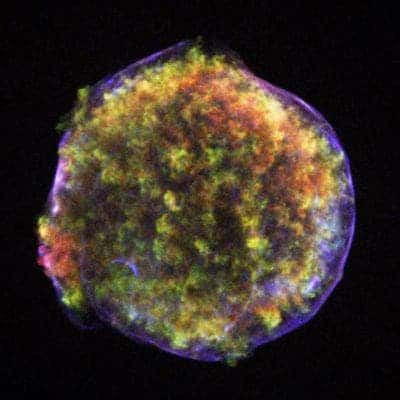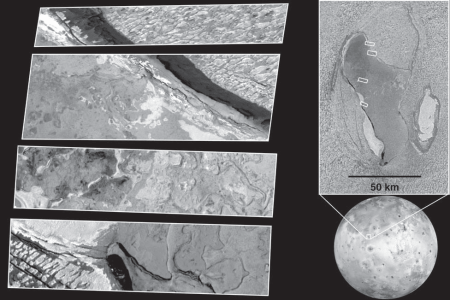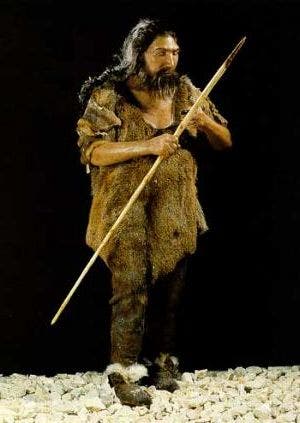
By all standards, at some point, Neanderthals were better prepared for life than any other human species; however, in spite of all this, they were extinct, while ‘we’ fluorished; the reason why this happened is still pretty much a mystery, but as always, some theories have been made. One of the most accepted ones was that the Neanderthal extinction happened because of their diet, that relied too much on meat; however, researchers from George Washington University and the Smithsonian Institution have discovered evidence that prove this theory wrong, showing that Neanderthals ate a lot of cooked plants as well.
“Neandertals are often portrayed as very backwards or primitive,” said Amanda Henry, lead researcher and a post-doctoral researcher at GW. “Now we are beginning to understand that they had some quite advanced technologies and behaviors.”
Dr. Henry worked with Alison Brooks, professor of anthropology and international affairs at GW, and Dolores Piperno, a GW research professor and senior scientist and curator of archaeobotany and South American archaeology at the Smithsonian National Museum of Natural History, Washington D.C., and Smithsonian Tropical Research Institute, Panama; together, they studied Neanderthal teeth and found traces of starch, which clearly points towards a more sophisticated and balanced diet.
“Neandertals and early humans did not visit the dentist,” said Dr. Brooks. “Therefore, the calculus or tartar remained on their teeth, preserving tiny clues to the previously unknown plant portion of their diets.”
The most common belief was that due to the Neanderthal’s diet (that relied mostly on meat) they weren’t able to adapt when some significant climate changes occured, thus being outlived by other humans; but this discovery suggests otherwise. It indicates that the Neanderthals ate pretty much the same things humans did, so in order to find the answer to their extinction, we have to look elsewhere.
“This significant finding provides new insight on the plight of the Neanderthals,” said Peg Barratt, dean of GW’s Columbian College of Arts and Sciences. “It’s also an excellent example of our dynamic partnership with the Smithsonian to further advance learning and discovery.”





